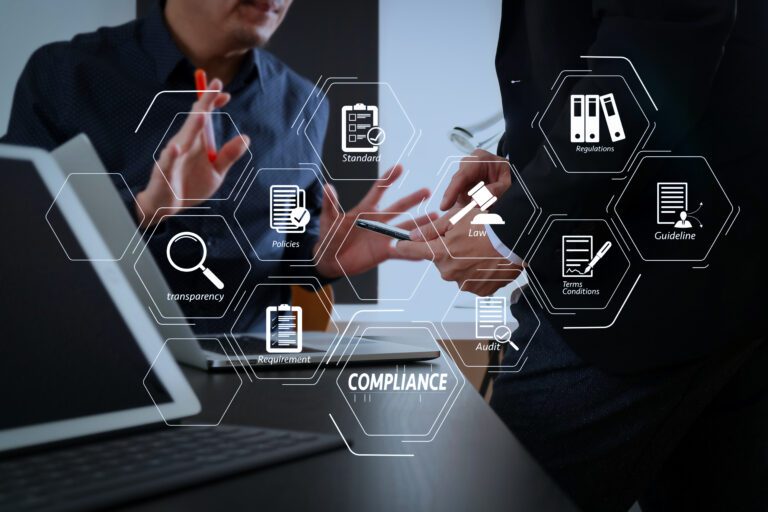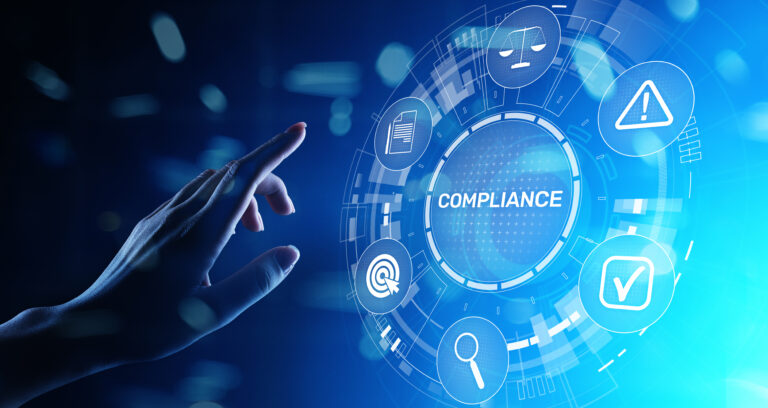The COVID-19 pandemic has swept the world and turned life upside down for all of us. IT leaders worldwide face many challenges, including business disruption, as they grapple with significant changes to how we now operate our businesses. One of those changes is, of course, managing a remote (work from home) workforce.
While the current pandemic may have found us largely unprepared, it’s not too late to take action and implement necessary measures to mitigate today’s issues and better prepare your business for the unexpected.
Here are a few strategic planning considerations for managing IT through a health crisis.
Remote Workforce Preparedness
Hardware Considerations
Sudden support for 90 percent of employees working remotely can be chaotic. What are the hardware needs of these employees? Many of today’s employees already have company-owned laptops and/or mobile devices. Do you have a corporate policy for Bring Your Own Device (BYOD) to manage the cases where employees may want to use personal devices? Typically, you’ll want to install an agent on those devices to allow the IT team to manage them for business purposes. Employees will need to agree to your corporate BYOD policy so that they can be effectively supported by the IT team.
IT Security
Your remote workers may need access to a VPN to have a secure connection for certain applications and job functions. Make sure you have up-to-date endpoint protection from Antivirus and Anti-malware (AV/AM) tools. It’s easier to manage your AV/AM deployments when you can do so using a single console in your endpoint management solution. Make sure that you can manage remote, off-network devices.
Provide security awareness training to all employees to guard against phishing scams and other social engineering attacks. These attacks are used to steal login credentials and other sensitive information. You should consider implementing security measures, such as two-factor authentication (2FA) and single sign-on (SSO), to protect against lost or stolen credentials.
Cloud and SaaS
Many organizations have already made the transition to cloud-based services and SaaS applications, such as Office 365, Google G Suite and Salesforce. These applications allow remote workers to easily access critical business tools and information. A key consideration is a SaaS application data backup solution to ensure fast recovery if this data is lost or becomes inaccessible.
Other tools, such as Zoom, Slack and Microsoft Teams, enable online meetings and team collaboration. These keep productivity high even when your meetings are virtual instead of face-to-face.
Download our checklist and prepare for a smooth transition to remote work, with low impact on your daily operations.
IT Team Preparedness
Managing endpoints remotely
IT admins must be able to remotely monitor and manage endpoints for quick resolution of issues without disrupting users. Your endpoint management tool, working in concert with agents installed on each endpoint, allows your IT team to quickly access these devices, check processes, transfer files, run scripts and troubleshoot issues. Your endpoint management tool should provide these capabilities for off-network devices, as long as they are on the internet.
Automation of routine IT processes
IT processes, such as routine maintenance, vulnerability management, patching and more, should be automated to keep them running even when IT staff are out sick. Agents on each endpoint (servers, Virtual Machines, desktops, and laptops), execute scripts to help perform these IT tasks.
Auto-remediation of incidents
Auto-remediate common IT incidents, like resetting frozen applications, low disk space and other common issues, to reduce the burden on IT staff that will be over-burdened with other critical tasks. You can automate monitoring, alerting and remediation of IT incidents to minimize disruption and keep the business running smoothly.
IT leadership responsibilities and coverage in crisis
Business and IT leaders should have a business continuity plan in place that covers things such as:
- Business Impact Analysis (BIA) – This looks at the costs and risks associated with the loss of one or more functional areas of the business and helps with contingency planning. Prioritize the functional areas of business and identify dependencies between areas.
- Disaster Recovery Plan – This defines the IT processes for recovery of critical IT systems and would typically include backup and disaster recovery (BDR) systems. These could be on-premises appliances or cloud-based backup solutions, or a hybrid of both.
- Job Role Coverage Planning – This defines who covers what business functions in the event that many people become unavailable, either due to sickness, natural disaster or other types of disruption.
Having these plans in place will enable your business to continue to operate relatively efficiently in the face of a healthcare crisis or any other emergency.
Communication During a Crisis
In cases of pandemics, chaos and anxiety are rampant, impairing sound decision making and overall business productivity. IT leaders should communicate effectively and regularly with employees to keep them informed and to keep their morale high. They should provide guidance and any support necessary to help them get through these difficult periods. Make sure everyone knows about the business continuity plan and knows how to execute it.
Pandemics can alter the way businesses function. It’s critical to have plans in place to deal with the new reality. See our MSP and Internal IT checklists to learn more.


